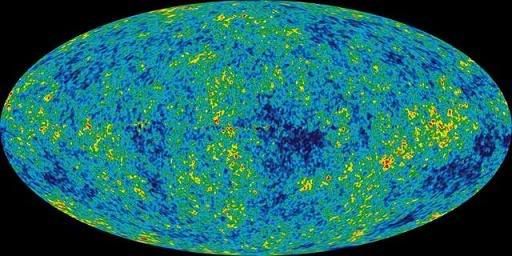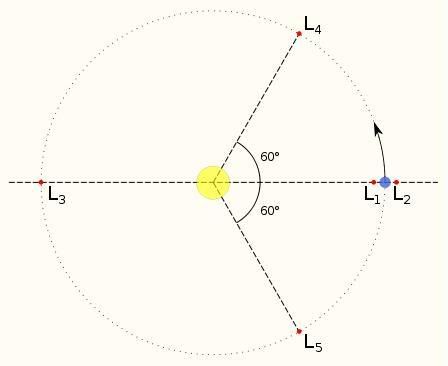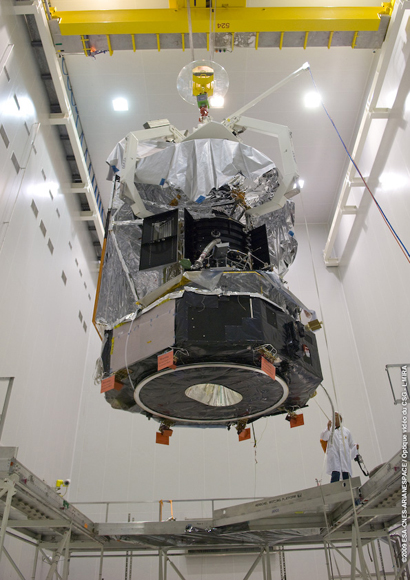The High Frequency Instrument needs to be at -273 Celsius in order to perform it's intended function, which is to capture radiation from the Big Bang, the Cosmic Microwave Background, radiation which is maybe half a degree warmer than the -273 °C temperature that the Instrument has achieved. This was done with a passive cooling system which radiates heat out into space and got the temperature down to -230 °C, after which three active cooling units lowered the temperature of the instruments to 273.05°C, only 0.1°C above absolute zero! That is amazingly cold, and almost as cold as theoretically possible. Any colder and the atomic motion of the instrument itself would stop completely.
Here is an image of the Cosmic Background Radiation, in the best resolution we have. The Planck telescope will achieve a much higher resolution.

Another achievement of the Plank Telescope was reached on the same day. Just before noon that day, the telescope reached L2, The second Lagrangian point of the Sun/Earth system.
Lagrangian points are points in a two mass system where a third mass appears stationary in relation to the previous two masses, in this case the Earth and our sun, Sol.
For example, given two massive bodies in circular orbits around their common
center of mass, there are five positions in space where a third body, of comparatively negligible mass, could be placed which would then maintain its position relative to the two massive bodies. - ( Science Daily )
Here is a diagram of the 5 LaGrangian Points in relation to the Earth and Sol.



